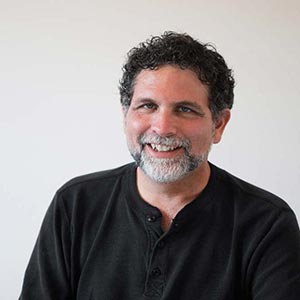 Our spontaneously arising experience of the present moment is a miraculous event that we are constantly in the middle of. In my last couple of posts I described the depth and majesty of all that is contained in our experience of now. Commonly we think of our experience by imagining that we take in raw sense data – pure sensation – and then add understanding and interpretation to it. In this model if we were to strip away all of our understanding and interpretation we would arrive in this present moment as if we were a new-born, in a state of pristinely naked consciousness. Maybe our experience would be reduced to a mass of vibration.
Our spontaneously arising experience of the present moment is a miraculous event that we are constantly in the middle of. In my last couple of posts I described the depth and majesty of all that is contained in our experience of now. Commonly we think of our experience by imagining that we take in raw sense data – pure sensation – and then add understanding and interpretation to it. In this model if we were to strip away all of our understanding and interpretation we would arrive in this present moment as if we were a new-born, in a state of pristinely naked consciousness. Maybe our experience would be reduced to a mass of vibration.
What we actually experience in the present moment is an ordered, sensible world. We don’t just experience differences in color, shape, and feeling. We experience things that can be identified as being separate and that have meaning associated with them. When I see a door it doesn’t arise for me just as a rectangle that I add understanding to after the fact. It arises as a thing-to-be-walked-through, or as a passage-way-to-outside. It arises as a functional something. What it is and what it is used for arise simultaneously without me having to do anything about it. I don’t have to figure out what a door is for. It arises as a door that is for walking through. What it is and what it is used for are both part of the immediate experience of the door as it arises in the present moment.
This may not seem amazing to you, but I think it should. The world arises not only as an objective outside, but as an outside imbued with meaning and significance. It is full of understanding already. It arrives to us already “thick” with meaning as William James put it.
Once you ‘know’ what a door is, you can’t help see it as a door – as a something-to-walk-through. Before you knew what a door was it was just a strange shape. You might walk up to it and feel around it and push and poke at it and have no idea what it was. Then maybe it would pop open and you would walk through it. If you saw enough doors, and better yet if someone kept pointing them out to you, you would eventually internalize the meaning of ‘doorness” (doorness=the state of being a door). From that point on you cannot see a door without experience it as a door – a-something-to-walk-through.
The whole point of this is that as we assimilate more and more meaning into our perception of the world, the world effectively changes for us. This is because the way the world spontaneously arises for us in the present moment is different. We open our eyes to a different world.
At the same time it is also true that it is us that are different. If I meet someone who comes from a different culture that is unfamiliar with doors then we can both walk up to a door and for me it will show up as a-thing-to-walk-through and for the other it will show up as just a thing – a shape devoid of meaning and significance.
Imagine a person familiar with doors who wakes up in an unfamiliar room. They will momentarily be startled, but they will quickly see the door, walk up to and walk out. Now imagine the same happening to a person who knows nothing about doors. They wake up and be trapped in a room that they can’t get out of. They will be imprisoned until they stumble upon the doorknob and accidentally turn to find a hole appear in the wall.
From the outside/in perspective we see one room and two different perceptions of the room. It is clear that the room hasn’t changed, but rather that the two individuals have different views of it. From the inside/out perspective we see that each person wakes up in a different world. One is in a room with easy access to the outside, the other in a room in which they are trapped with no way out. They wake up in two different rooms, one with a door and one without. From the inside/out perspective they live wake up in two different worlds.
At this time in history in the western world we give preference to the outside/in – or objective – perspective. We see that perspective as more real and the inside/out or – subjective – perspective is seen as being a distortion of what is really there. This preference has come to us via the massive success of science and its use of the objective perspective to explain and improve the world. William James and the other Pragmatists were challenging this preference. They believed in a ‘real’ world, but they also believed that our perceptions of the ‘real’ world were a ‘real’ part of the ‘real’ world.
